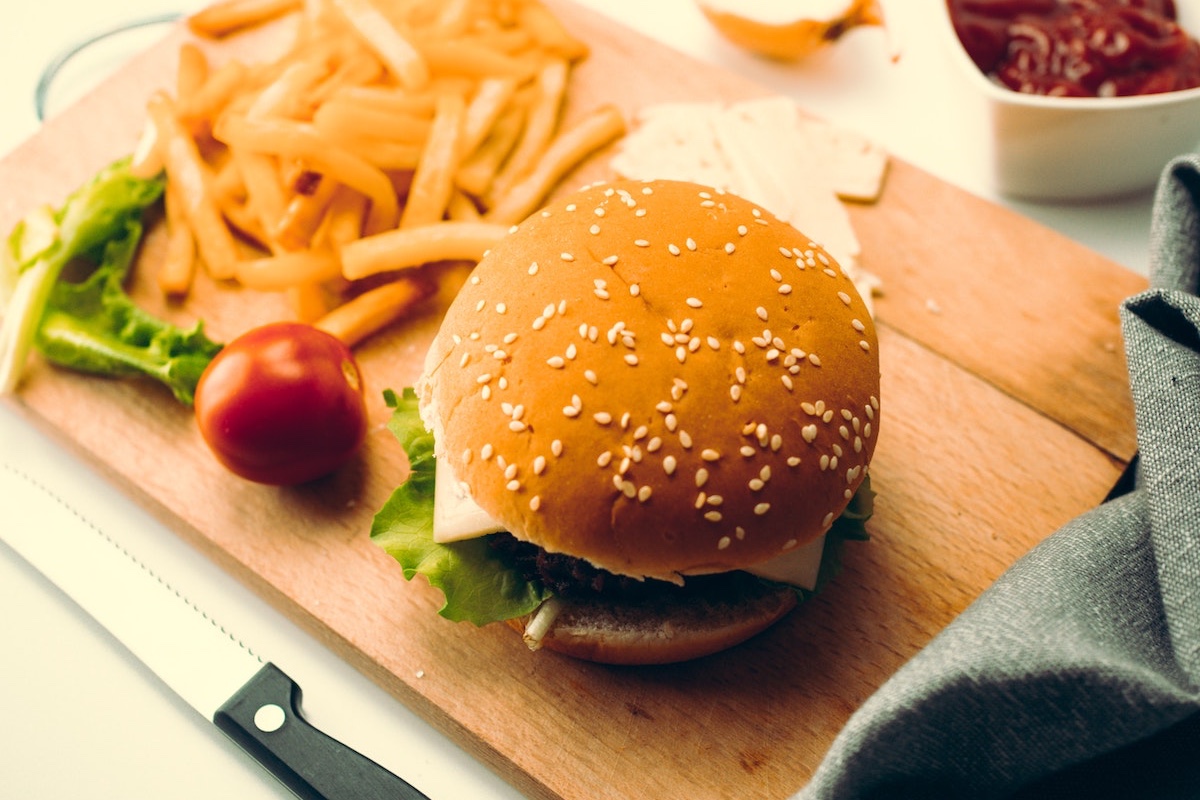“Vegan meat,” “Fishless fish,” and “Beyond Burger” may be buzzy terms and brands these days. However, they’ll soon be mainstream, according to a new report.
The report was published by United Kingdom intellectual property specialists GovGrant and showed the United States is pacing the world in global cultivated meat investment. The U.S. has broken the billion-dollar barrier and accounts for more than 60% of the world’s investment in lab-grown meat. It will likely only grow.
For the unfamiliar, lab-grown meat uses animal cells and replicates them in a lab to make a food product. It’s slaughter-free, but it’s still an animal product, a blurry line vegans will have to navigate. Other, completely plant-based options are traditionally considered vegan and becoming more available.

In November 2022, the FDA said that lab-cultured meats were safe for human consumption. The declaration marked a significant step toward allowing these meats from being discussed as futuristic, pie-in-the-sky ideas to a reality that could hit restaurant tables and grocery store aisles sooner rather than later.
“With the FDA rubber-stamping lab-grown meat as safe, the market should really take off now,” Alec Griffiths, the IP manager at GovGrant, said in a press release. “That makes it more important than ever for companies to protect their assets, so we can expect to see an acceleration in the number of patents filed in the coming months and years – and plenty of new faces in the sector.”
Israel (21.72%), the Netherlands (5.67%), Singapore (4.61%), and the United Kingdom (1.31%) round out the top five of GovGrant’s list of countries most invested in lab-cultured meats in that order. China (1.17%), South Korea (0.97%), Japan (0.60%), France (0.49%), and Spain (0.46%) also rounded out the top 10. Clearly, the U.S. is winning the race by a landslide.
GovGrant’s report notes that companies are expected to make continued progress and break down more barriers over the next several years. By 2040, GovGrant predicts that cultured meat will make up 35% of the world’s meat consumption, and vegan meat replacements will comprise one-quarter. Traditional meat isn’t going anywhere, and GovGrant expects it will account for 40% of the world’s meat intake.
“Since there’s such huge potential demand for lab-grown meat, that’ll only spur companies on to innovate further and perfect their products,” Adam Simmonds, a research associate at GovGrant, noted in a press release. “This could become an interesting area of growth for the US and other countries, particularly as not many nations possess the expertise to produce this meat. There will definitely be an uplift in the number of producers, who’ll want to take full advantage of the upcoming boom in demand.”
As the world waits for the first lab-cultured meat items to hit menus, people can still enjoy animal protein alternatives. You can typically find them in the health food section of your local grocery store.



